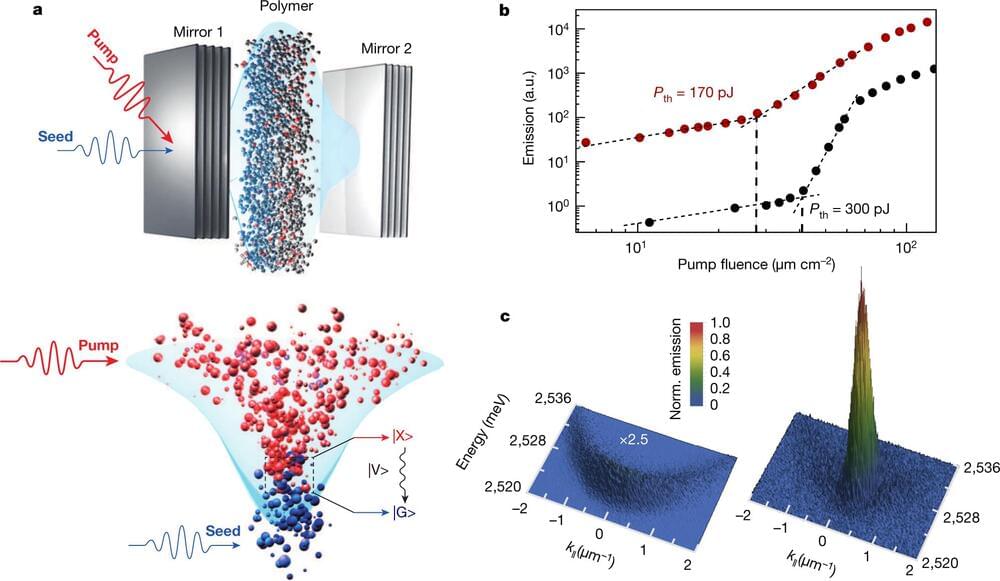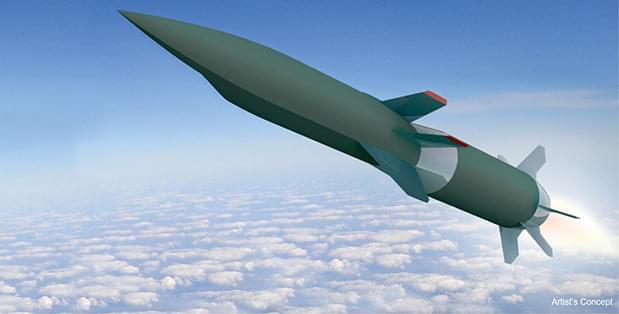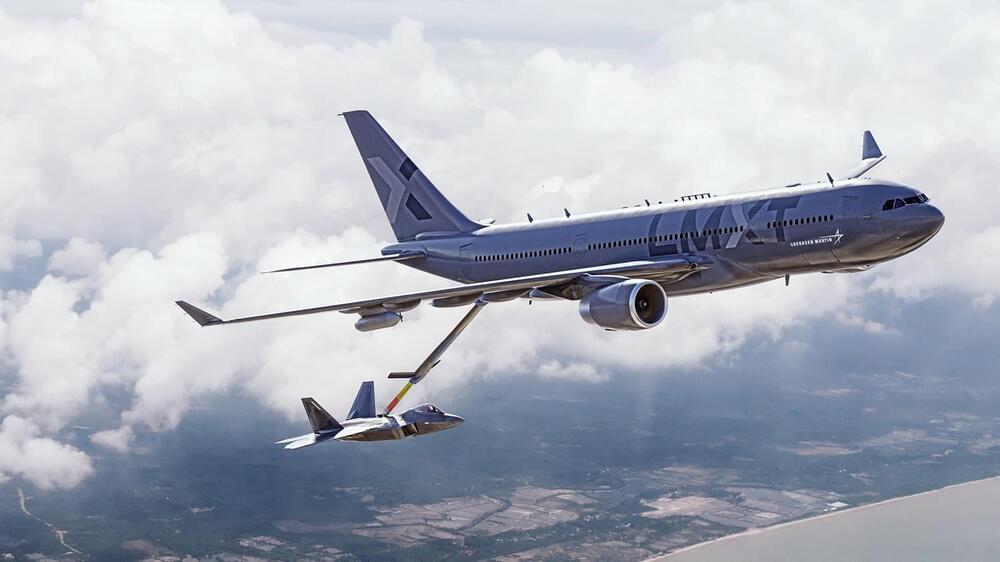PDF | Condensed matter systems act as mini-universes with emergent low-energy properties drastically different from those of the standard model. A case… | Find, read and cite all the research you need on ResearchGate.


What is this world with a simple idea and lots of engineering? Father-son duo power regular trucks with military jet engines and almost make them fly.

El Salvador has mined 0.00599179 bitcoin, or about $269, with power harnessed from a volcano.
President Nayib Bukele – who has banked his political future on a nationwide bitcoin experiment – tweeted early Friday morning that this is the country’s maiden voyage into volcano-powered bitcoin mining.
On Tuesday, the president posted a flashy 25-second teaser video, which includes shots of a government-branded shipping container full of bitcoin mining rigs, technicians installing and plugging in ASIC miners, as well as sweeping landscape aerials of an energy factory in the thick of a forest, bordering a volcano.

A geomagnetic storm is set to hit the Earth and may affect satellites and electricity grids. The US government’s space weather tracking body has warned the public about the possibility of a geomagnetic storm, which is different from a solar storm. The phenomenon is caused by the solar wind and it will likely spark an aurora.
After the solar storm, here comes the solar wind! Over the past couple of weeks, reports have detailed the devastating impact that solar storms or coronal mass ejections (CMEs) can have on the Internet infrastructure on Earth. Now, the National Oceanic and Atmospheric Administration’s (NOAA) Space Weather Prediction Center (SWPC) has issued a Geomagnetic Storm Watch for Sunday, that is, September 26. A geomagnetic storm is set to hit the Earth. The US government’s space weather tracking body has warned the public about the possibility of a of G1 or G2-level geomagnetic storm. Among some of its effects on Earth is that it is expected to light up the skies in the form of an aurora, aka Northern Lights, and perhaps affect infrastructure.
For the uninitiated, a geomagnetic storm is a major disturbance of Earth’s magnetosphere that occurs when there is an exchange of energy from the solar wind into the space environment surrounding Earth. These storms result from variations in the solar wind that produces major changes in the currents, plasmas, and fields in Earth’s magnetosphere. According to SWPC, the largest storms that result from these conditions are associated with solar coronal mass ejections (CMEs) where a billion tons or so of plasma from the sun, with its embedded magnetic field, is shot outwards and it get directed at Earth.

Nonlinearity induced by a single photon is desirable because it can drive power consumption of optical devices to their fundamental quantum limit, and is demonstrated here at room temperature.
The recent progress in nanotechnology1,2 and single-molecule spectroscopy3–5 paves the way for emergent cost-effective organic quantum optical technologies with potential applications in useful devices operating at ambient conditions. We harness a π-conjugated ladder-type polymer strongly coupled to a microcavity forming hybrid light–matter states, so-called exciton-polaritons, to create exciton-polariton condensates with quantum fluid properties. Obeying Bose statistics, exciton-polaritons exhibit an extreme nonlinearity when undergoing bosonic stimulation6, which we have managed to trigger at the single-photon level, thereby providing an efficient way for all-optical ultrafast control over the macroscopic condensate wavefunction. Here, we utilize stable excitons dressed with high-energy molecular vibrations, allowing for single-photon nonlinear operation at ambient conditions.
NASA has tested the functions of Lucy, the agency’s first spacecraft to study Jupiter’s Trojan asteroids, filled it with fuel, and is preparing to pack it into a capsule for launch Saturday, October 16 2021. Named after characters in Greek mythology, these asteroids circle the Sun in two swarms, with one group leading ahead of Jupiter in its path, the other trailing behind it. Lucy will be the first spacecraft to visit these asteroids. By studying these asteroids up close, scientists hope to hone their theories on how our solar system’s planets formed 4.5 billion years ago and why they ended up in their current configuration.

The Hypersonic Air-breathing Weapon Concept (HAWC) vehicle, developed under a partnership of the Air Force and the Defense Advanced Research Projects Agency, made a free flight the week of Sept. 20 a DARPA spokesman said, but most details are being withheld. The vehicle, which was built by Raytheon Technologies with a hypersonic engine built by Northrop Grumman, flew faster than Mach 5 but DARPA declined to say how long the vehicle flew.
The engine “kicked on” seconds after being released from an aircraft, which DARPA and the Air Force declined to identify, although DARPA expressed appreciation to “Navy flight test personnel.” The Navy has been conducting hypersonic missile research with F/A-18 aircraft.
The engine “compressed incoming air mixed with its hydrocarbon fuel and began igniting that fast-moving airflow mixture, propelling the cruiser at a speed greater than Mach 5,” DARPA said. In order for the scramjet engine to ignite, the vehicle must be moving at hypersonic speed, so a booster is used for that portion of the flight.
Our cooling systems are heating the Earth as they consume fossil-fueled energy and release greenhouse gases. Air Conditioning use is expected to increase from about 3.6 billion units to 15 billion by 2050. So, how do we exit this cold room trap? What if I told you we could tap into space for electricity free air conditioning and other refrigeration tech?
Purchase RoboRock on Amazon: https://cli.fm/Roborockdock_matt_YT_Amazon.
or Visit RoboRock’s Official Website: https://cli.fm/Roborockdock_matt_YT
Watch Perovskite Solar Cells Could Be the Future of Energy: https://youtu.be/YWU89g7sj7s?list=PLnTSM-ORSgi7sp17ey2ydGRGBTFijdYCh.
Video script and citations:
https://undecidedmf.com/episodes/space-powered-cooling-may-b…-of-energy.
Follow-up podcast:
Video version — https://www.youtube.com/channel/UC4-aWB84Bupf5hxGqrwYqLA
Audio version — http://bit.ly/stilltbdfm.
👋 Support Undecided on Patreon!

Some improvements of the new model include a significantly improved range, fuel offload capacity, operational and combat-proven advanced camera and vision system, and upgraded communications system. The tanker will have 271,700 pounds (123,241 kg) of fuel capacity – 12,000 kg more than the Airbus A330 MRTT and an almost 20-hour endurance.
“Lockheed Martin has a long and successful track record of producing aircraft for the US Air Force, and we understand the critical role tankers play in ensuring America’s total mission success,” said Greg Ulmer, executive vice president Lockheed Martin Aeronautics. “The LMXT combines proven performance and operator-specific capabilities to meet the Air Force’s refueling requirements in support of America’s National Defense Strategy.”
In addition to better range and increased payload, the LMXT tanker is equipped with a proven fly-by-wire boom currently certified and used by allies to refuel US Air Force receiver aircraft in operations around the world, the world’s first fully automatic boom/air-to-air refueling (A3R) system, and open system architecture JADC2 (Joint All-Domain Command and Control) systems.
A new study finds that hydrogen fuel produced from water using renewable energy will be cheaper than natural gas-based hydrogen with carbon capture by 2030.
New research predicts that green hydrogen — a clean fuel produced from water using renewables — will be comparable in cost and likely cheaper than blue hydrogen by 2030. This is much sooner than what the blue hydrogen industry is estimating when advocating for the natural gas-based fuel to be widely adopted — essentially eliminating the only viable argument to invest in blue hydrogen.
“The True Cost of Solar Hydrogen,” the report from a European research team led by the European Technology and Innovation Platform for Photovoltaics, was published September 7 in the journal Solar RRL and concludes that “during this decade, solar hydrogen will be globally a less expensive fuel compared with hydrogen produced from natural gas with CCS [blue hydrogen].” (CCS is carbon capture and storage.)
This is a much different scenario than the argument being made by supporters of blue hydrogen, such as the gas industry and others who are claiming that within a decade green hydrogen will still be at least double the cost of blue hydrogen.